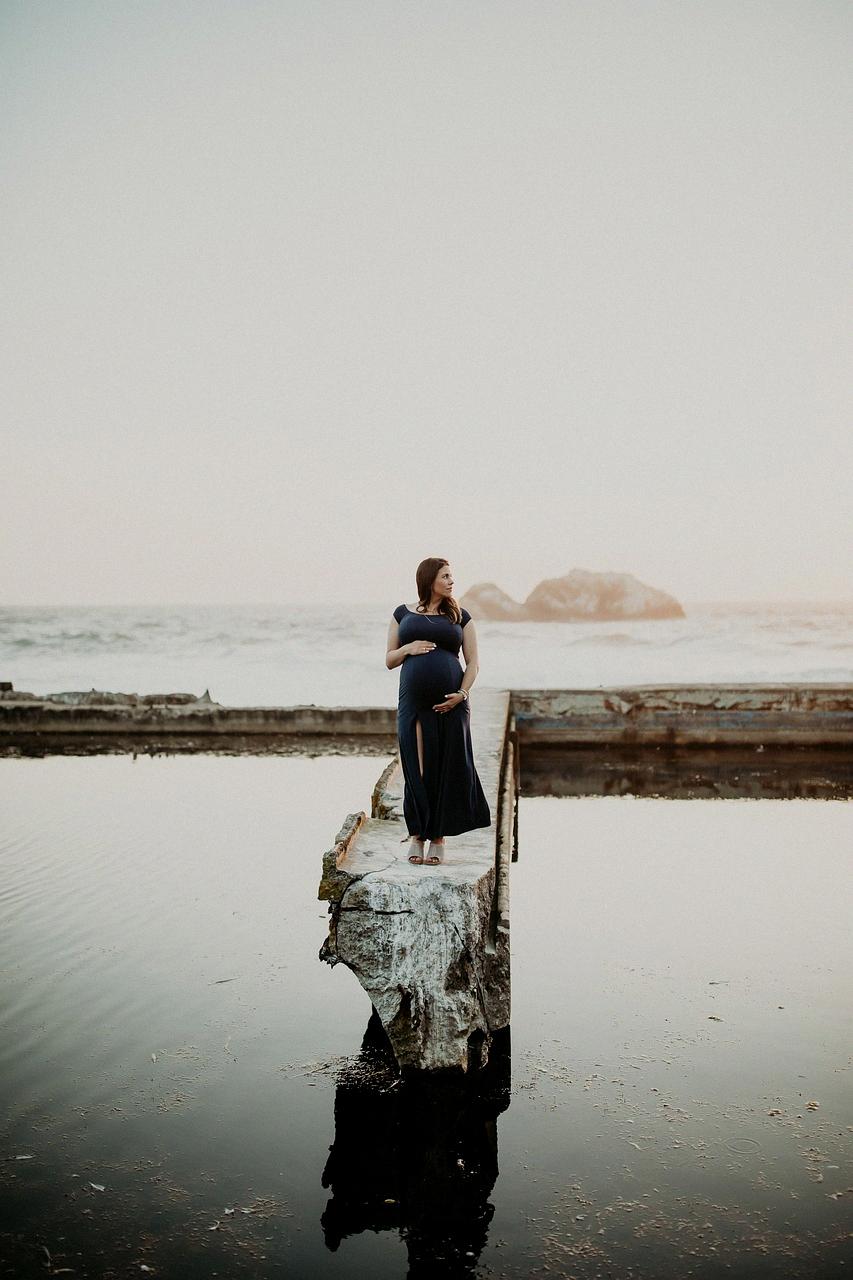One of the curious and sometimes concerning changes that pregnant individuals may notice during the second or third trimester is the presence of a crust on their nipples. This phenomenon can often raise questions and even anxiety about what exactly is happening to their bodies. Let’s delve into this topic to provide clarity and reassurance.
The Presence of Colostrum
The crust that forms on your nipples while pregnant is most likely colostrum, also known as the “first milk.” Colostrum is a concentrated, thick fluid that your body starts producing in preparation for breastfeeding. It is rich in nutrients and antibodies, providing essential support to the newborn’s immune system in the initial days after birth.
Understanding Colostrum’s Composition
Colostrum contains a mix of proteins, vitamins, minerals, and antibodies that are crucial for the baby’s health. It also acts as a natural laxative, helping the newborn pass meconium, the dark, sticky stool accumulated in the intestines during pregnancy.
Why Does Colostrum Crust Form?
Colostrum can sometimes dry on the nipples, creating a crusty appearance. This occurrence is normal and does not indicate any problems with your health or the pregnancy. The crust formation from dried colostrum is a natural part of the milk-producing process in preparation for breastfeeding.
Minimal Wetness, Normal Phenomenon
While some individuals may experience leakage of colostrum as a more liquid consistency, others may notice more of a crusty texture without significant wetness. Both scenarios are typical variations in how colostrum manifests and do not signify any issues.
Managing Crusty Nipples
If you find the crust on your nipples bothersome or uncomfortable, gently washing the area with warm water can help soften the dried colostrum. Avoid scrubbing or using harsh soaps, as these can irritate your skin. Pat the area dry and consider using a lanolin-based nipple cream to alleviate any dryness or discomfort.
Consulting a Healthcare Provider
If you have concerns about the crust coming out of your nipple while pregnant or notice any unusual changes in your breasts, it is advisable to consult your healthcare provider. They can offer personalized guidance and address any questions or issues you may have regarding your breast health during pregnancy.
Signs of Infection or Other Concerns
While colostrum crust itself is a normal and healthy occurrence, it’s essential to be aware of any signs of infection, such as redness, swelling, warmth, or pain in the nipple area. If you experience these symptoms or have discharge that appears abnormal, seek medical attention promptly.
Embracing the Changes
As your body prepares for the incredible journey of motherhood, it undergoes numerous changes, both visible and internal. The presence of colostrum and the formation of crust on your nipples are essential steps in this process, signaling the remarkable ability of your body to nurture and support new life.
Self-Care and Appreciation
Amidst the physical transformations and hormonal shifts of pregnancy, practicing self-care and self-appreciation is paramount. Take moments to honor the changes your body is undergoing and the miraculous capabilities it possesses to create and sustain life.
Support and Understanding
Remember that experiencing variations in nipple changes and breast health during pregnancy is common and normal. Seek support from loved ones, fellow parents, or online communities to share experiences and gain reassurance that you are not alone in this journey.
Conclusion
In conclusion, the crust coming out of your nipples while pregnant is likely colostrum, a vital component of early breast milk production. Understanding the nature of this substance, managing any discomfort with gentle care, and seeking professional advice if needed can help you navigate this aspect of pregnancy with confidence and awareness.

